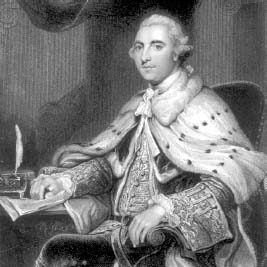Math in the Natural SciencesMath and the Environment |
Who were John Graunt and Sir William Petty? |
English statistician John Graunt (1620–1674) is generally considered to be the founder of the science of demography, which is the statistical study of human populations. In 1661, after analyzing some major statistics of the London populace, he wrote what is considered the first book on statistics, Natural and Political Observations upon the Bills of Mortality.
The “Bills of Mortality” refers to the collections of mortality figures in London, a city that had suffered greatly from the outbreak of several plagues. Because the king wanted an early warning system of new outbreaks, weekly mortality records were kept, along with the causes of death. Based on this information, Graunt made an estimate of London’s population that is thought to be the first time anyone interpreted such data; it is therefore considered by some to mark the beginnings of population statistics.

Sir William Petty was a practical mathematician who wanted to establish a national statistics office in England that, among other studies, could calculate economic losses and benefits due to the plague.
Graunt’s work influenced his friend, Sir William Petty (1737–1805). (He also influenced Edmond Halley, the astronomer and discoverer of Comet Halley; for more about Halley, see “Mathematics in the Physical Sciences.”) Petty’s work was a bit more practical (and political): he wanted to set up a central statistical office for the English crown in order to make estimates about the sum of England’s overall wealth. His unusual approach was to assume that the national income was the same as the total national consumption. He didn’t forget about the plague, but added estimates of losses to the national economy due to the plague. From there, he suggested that modest investment by the state to prevent deaths from plague would produce abundant economic benefits.
